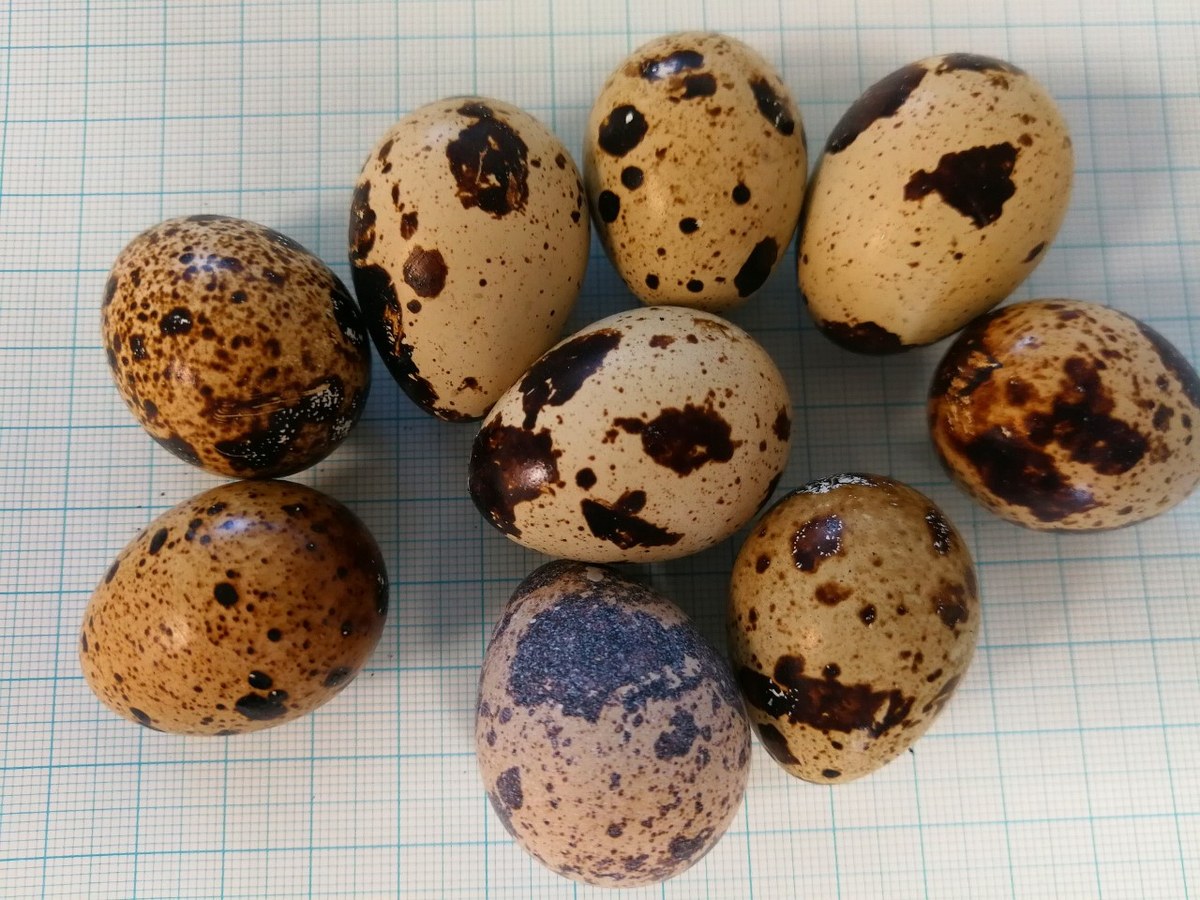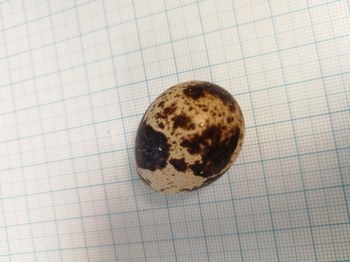
Japanese quail layers can be reared on the floor; however, they are more commonly housed in colonies of 10-12 birds per cage and start laying eggs at 7 weeks of age, and continue for up to 22 weeks of age. The battery cage system offers a high degree of automation for quail rearing and commercial production, increasing house capacity without increasing floor space.
Quail egg industry is spread worldwide and in particular in the Pacific Asia, Americas, Europe, Middle East, and Africa. Pacific Asia region dominates in the global quail egg market, with Japan representing the largest quail egg producer, followed by North America.

Eggs are characterized by a small size (~10 g) and are considered a good source of nutrients for human nutrition. Eggshell colour can change from dark brown to blue to white, with black or blue speckles due to the pigment porphyrin and biliverdin, which start to be deposited on the shell approximately three and a half hours before laying. From a nutritional point of view quail eggs are rich in proteins with high biological value, fat soluble vitamins and B-complexes, antioxidants, minerals and others macro and micro-elements. They are also rich in monounsaturated (MUFA) and polyunsaturated fatty acids (PUFA) (Table 1).